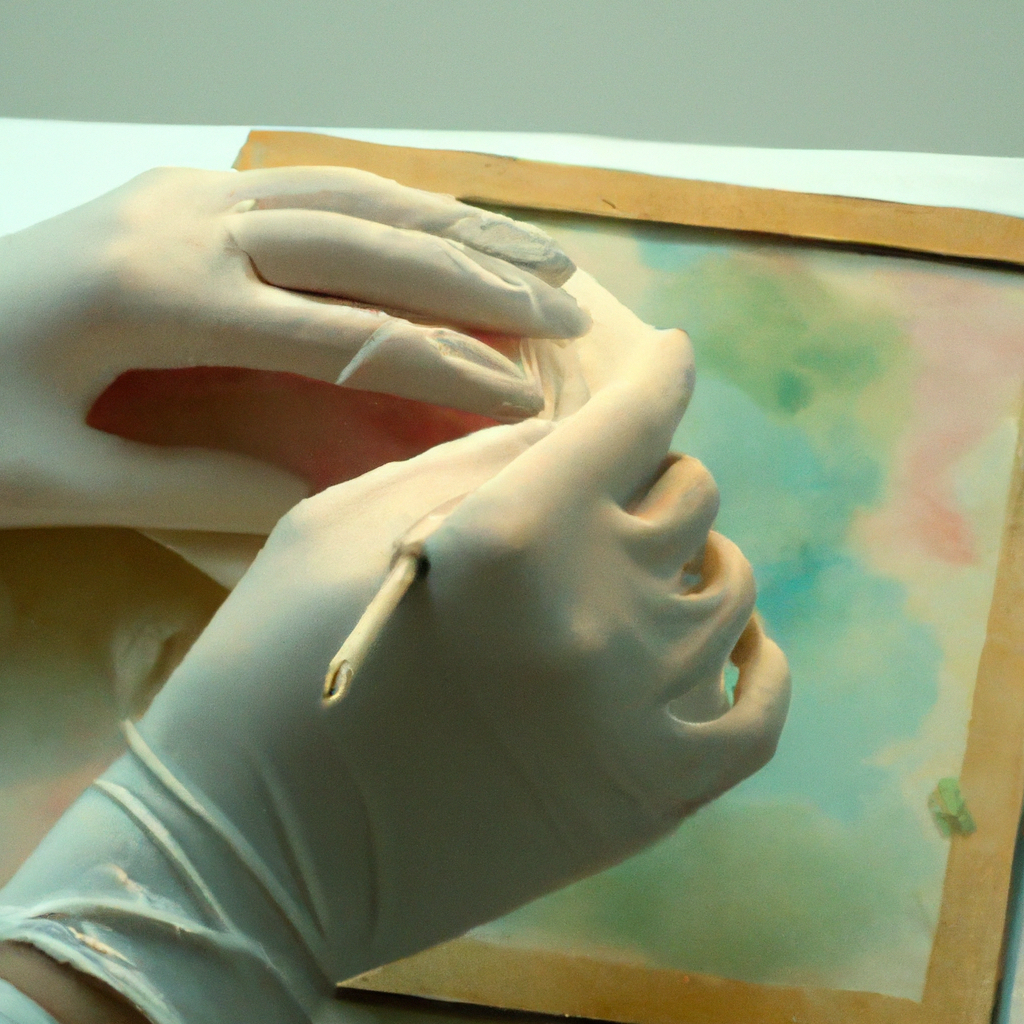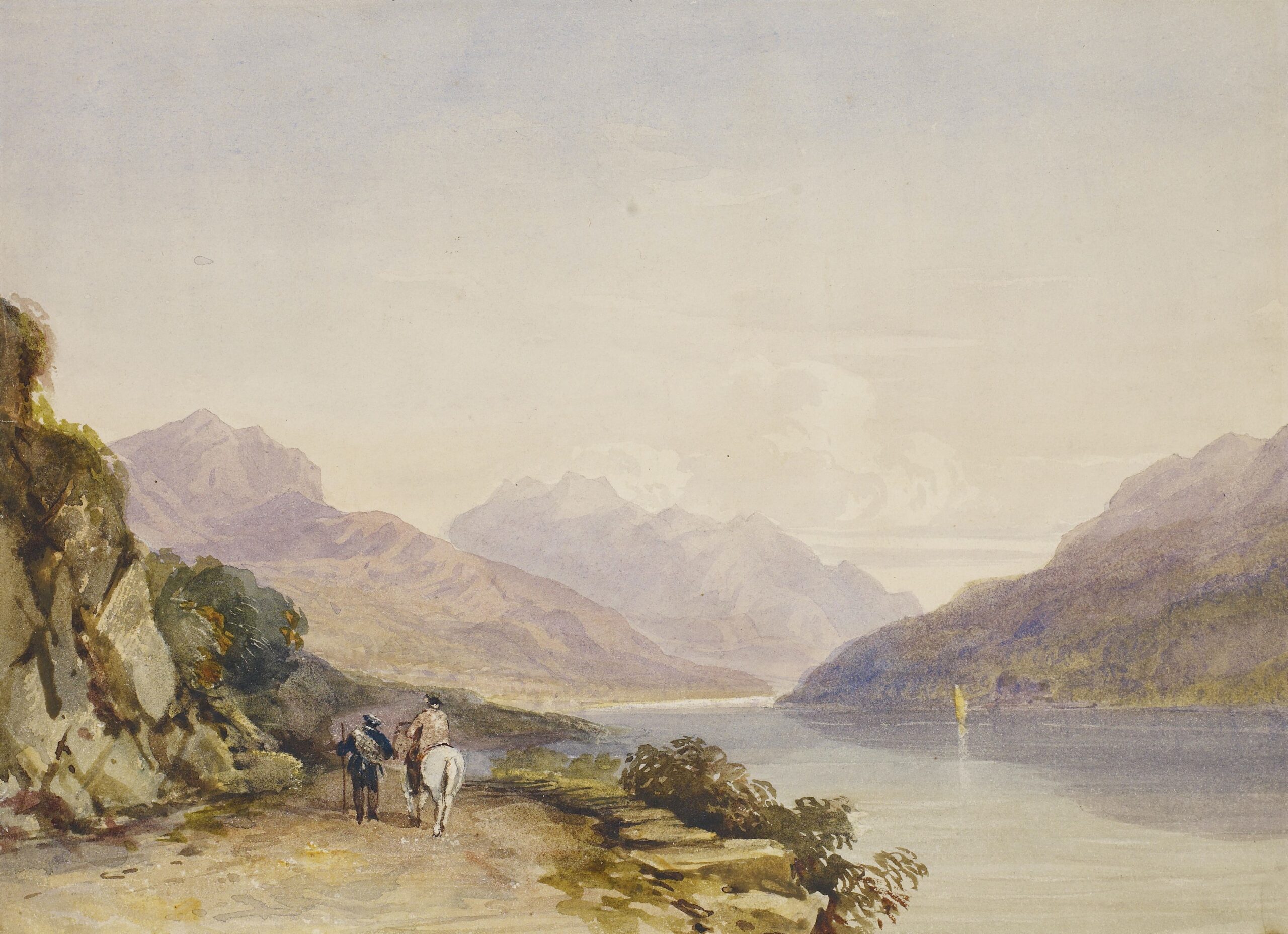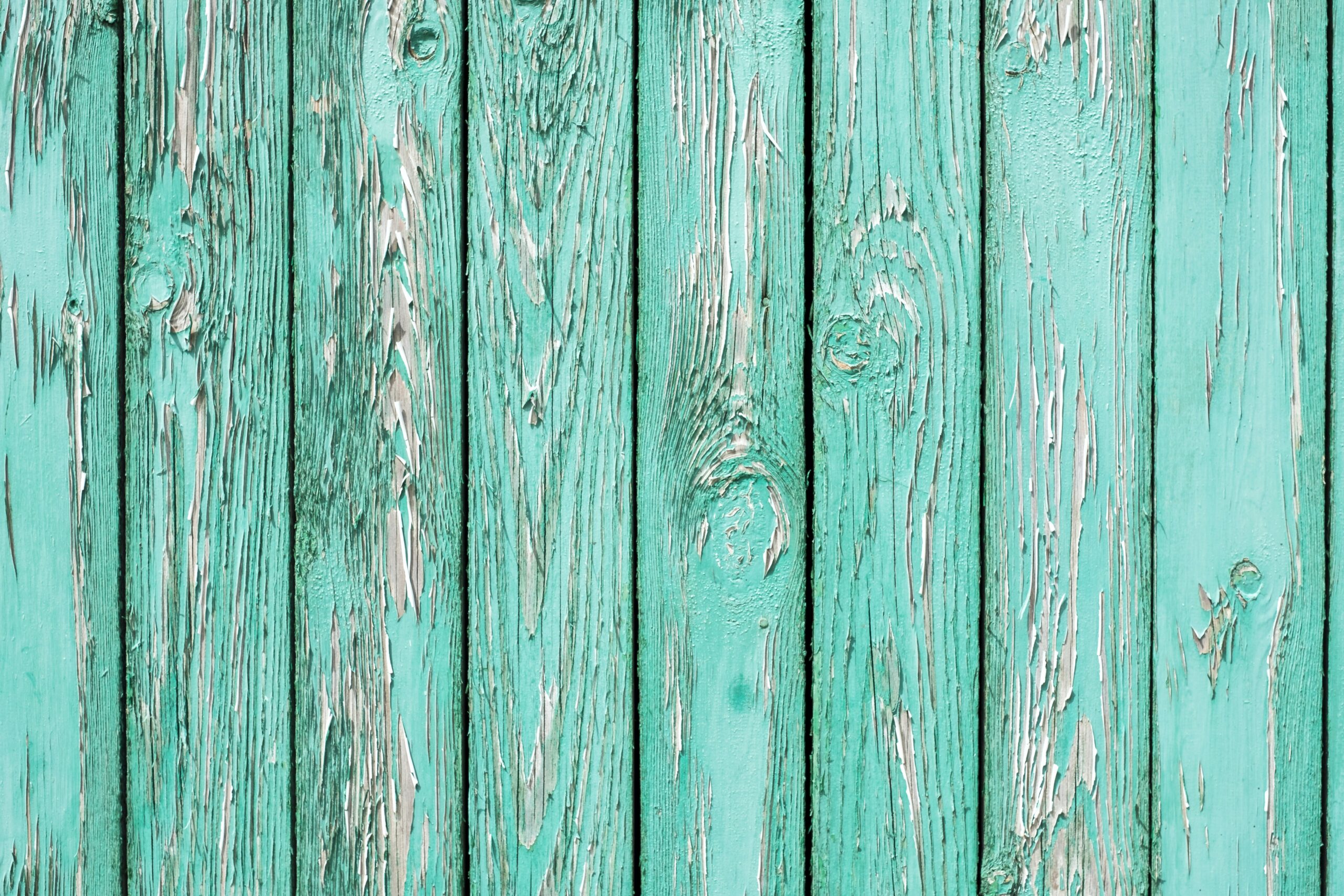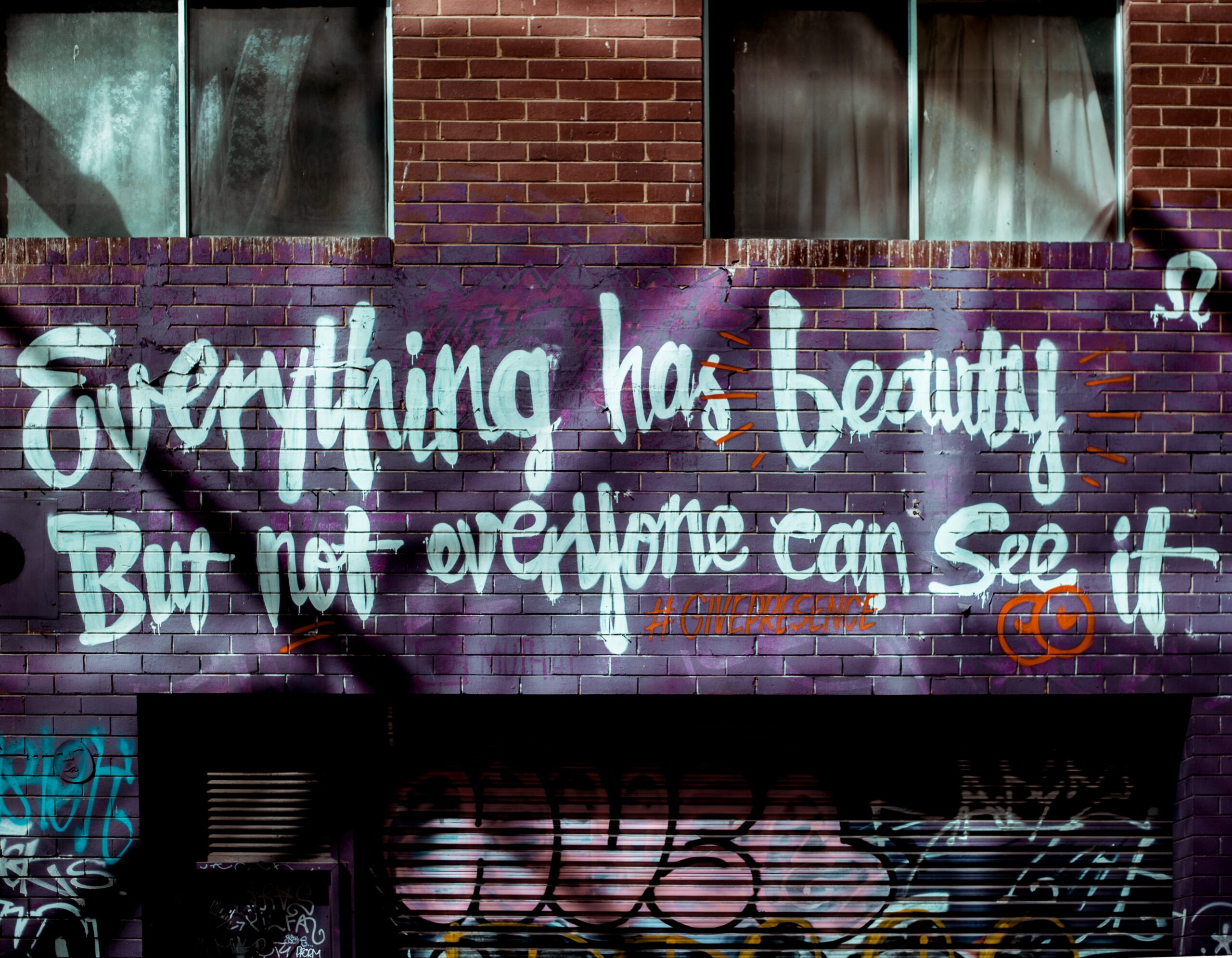Gouache paintings are known for their vibrant colors and opaque finish, making them a popular choice among artists. However, preserving these delicate artworks can be a challenge. In this article, you will learn the essential techniques and precautions to ensure the longevity of your gouache paintings. From proper storage and framing to handling and cleaning, these expert tips will guide you through the process of preserving your valuable artwork for years to come.
Choosing the Right Materials
Use high-quality gouache paints
When preserving gouache paintings, it is essential to start with high-quality gouache paints. These paints are known for their vibrant colors and excellent coverage. Cheaper paints may not have the same level of pigmentation or lightfastness, which can impact the longevity of your artwork. Therefore, investing in professional-grade gouache paints is recommended for ensuring the quality and durability of your paintings.
Opt for acid-free, archival-quality paper
Choosing the right paper is crucial in preserving gouache paintings. Acid-free paper is essential as it prevents the paper from deteriorating over time. Acidic materials can cause the paper to yellow and degrade, affecting the appearance of your artwork. Additionally, archival-quality paper is designed to withstand the test of time, ensuring that your gouache paintings remain in excellent condition for years to come.
Select appropriate brushes and palette knives
Using the correct brushes and palette knives is vital when working with gouache paints. Synthetic brushes or brushes made specifically for gouache painting are preferable since they offer better control and longevity. Avoid using natural hair brushes, as gouache can be quite thick and may damage the delicate bristles over time. Palette knives should also be of high quality to ensure smooth and precise application of paints.
Use a proper mixing palette
When preserving gouache paintings, it is crucial to use a proper mixing palette. Gouache paints can be reactivated with water, so using a non-porous palette is recommended to prevent the colors from bleeding into each other. A ceramic or glass palette is ideal as it provides a smooth surface for mixing colors and is easy to clean. Avoid using plastic palettes, as they can become stained and may affect the color accuracy of your mixes.
Preparing the Surface
Prepare the paper by sizing and stretching it
Before starting a gouache painting, it is necessary to prepare the paper by sizing and stretching it. Sizing involves applying a protective coating to the paper surface, preventing excessive absorption of the paint and reducing the risk of the paper buckling or warping. Stretching the paper further helps to eliminate any potential wrinkles or unevenness, resulting in a smoother and more durable surface for your gouache painting.
Apply the appropriate ground layer
Applying a ground layer to the prepared paper is another important step in preserving gouache paintings. The ground layer acts as a barrier between the paint and the paper surface, preventing any direct contact that may cause damage. It also enhances the adhesion of the gouache paint, allowing for better color intensity and longevity of the artwork. Opt for a light-colored and absorbent ground layer that is compatible with gouache paints.
Allow the surface to dry completely
After sizing, stretching, and applying the ground layer, it is crucial to allow the surface to dry completely before starting the actual painting process. Gouache paints dry by evaporation of water, and ensuring proper drying time is essential for maintaining the integrity of the artwork. Rushing the process may result in uneven drying, leading to cracking or flaking of the paint film. Patience is key when preserving gouache paintings.

This image is property of images.unsplash.com.
Handling Gouache Paintings
Avoid touching the painted surface directly
When handling gouache paintings, it is crucial to avoid touching the painted surface directly. The oils and residue on our hands can transfer to the artwork and lead to discoloration, smudging, or deterioration over time. Always handle the artwork by the edges or wear gloves to minimize contact with the painted surface.
Handle with clean hands or wear gloves
To maintain the cleanliness and integrity of gouache paintings, it is advisable to handle them with clean hands or wear gloves. Gloves act as a protective barrier between the artwork and the natural oils present on our hands. Opt for gloves made of lint-free and non-reactive materials such as cotton or nitrile. Remember to replace gloves regularly to avoid any buildup of oils or dirt on the gloves themselves.
Use acid-free tissue or glassine to separate layers
When storing or transporting gouache paintings, it is important to prevent any contact between the painted surface and other layers. Acid-free tissue paper or glassine can be used as interleaving sheets, gently placed between the paintings to protect them from sticking together or transferring any pigments. These materials are non-reactive and help maintain the integrity of the artwork.
Support the painting with a rigid backing
Gouache paintings should be adequately supported to minimize the risk of damage from bending or warping. Using a rigid backing, such as a sturdy board or mounting the artwork on acid-free matting, provides added stability. Ensure that the backing material is also acid-free to avoid any potential chemical reactions that may cause deterioration over time.
Protecting from Light and UV Exposure
Avoid displaying paintings in direct sunlight
One of the most critical factors in preserving gouache paintings is protecting them from excessive light exposure, especially direct sunlight. Ultraviolet (UV) rays from sunlight can cause fading, discoloration, and deterioration of the pigments over time. Displaying your paintings in areas away from direct sunlight or using UV-filtering window coverings can significantly prolong their lifespan.
Use UV-filtering glass or acrylic for framing
When framing gouache paintings, it is essential to use UV-filtering glass or acrylic in the framing process. These materials act as a barrier against harmful UV rays while still allowing for clear visibility of the artwork. UV-filtering glazing helps to reduce the fading and discoloration effects caused by prolonged exposure to light, ensuring the longevity and vibrancy of your gouache paintings.
Store paintings in a dark or dimly lit area
When not on display, storing gouache paintings in a dark or dimly lit area is recommended to protect them from excessive light exposure. Light-sensitive pigments used in gouache paintings can fade or change their appearance when exposed to prolonged light. Choose storage locations that are away from windows or bright artificial light sources to minimize the risk of light damage.

This image is property of images.unsplash.com.
Avoiding Environmental Factors
Control humidity and prevent exposure to moisture
Controlling the humidity levels in the environment where gouache paintings are stored or displayed is crucial to their preservation. High humidity can cause mold growth, warping, or buckling of the paper, and even damage the paint itself. Using dehumidifiers or moisture-absorbing materials in the storage area can help maintain stable humidity levels and prevent any potential moisture-related damage.
Prevent contact with pollutants or chemicals
Gouache paintings should be shielded from pollutants and chemicals that can negatively impact their appearance and longevity. Avoid storing or displaying artwork in areas with high levels of air pollution, smoke, or volatile organic compounds (VOCs). Additionally, keep the paintings away from areas prone to chemical exposure, such as kitchens or workshops, as the fumes or residues from these environments can harm the artwork.
Keep paintings away from heat sources
Heat sources can adversely affect gouache paintings by causing the paint to soften, melt, or become brittle. Avoid storing or displaying artwork near direct heat sources like radiators, heaters, or fireplaces. Fluctuations in temperature, such as rapid changes due to drafts or sudden heating, should also be minimized to prevent any thermal stress on the artwork.
Framing and Displaying Gouache Paintings
Frame paintings with acid-free matting
When framing gouache paintings, it is essential to use acid-free matting materials to ensure their long-term preservation. Acidic mats can deteriorate the artwork over time, causing discoloration or stains. Acid-free matting, made from high-quality, archival materials, will not only enhance the presentation of the artwork but also provide a protective buffer between the artwork and the frame.
Use UV-resistant and anti-reflective glazing
To further protect gouache paintings from light damage, consider using glazing materials that are UV-resistant and anti-reflective. These types of glazing prevent harmful UV rays from reaching the artwork while reducing glare and reflection, allowing for better visibility and appreciation of the painting. UV-resistant and anti-reflective glazing options are widely available in the market and can be customized to fit the specific dimensions of your artwork.
Consider using a spacer to prevent direct contact
When framing gouache paintings, it is important to ensure that the artwork does not come into direct contact with the glazing material. Using a spacer, such as archival mats or spacers made from acid-free materials, helps create a small gap between the artwork and the glazing. This gap allows for air circulation, reducing the risk of condensation or sticking that could damage the painting.

This image is property of images.unsplash.com.
Cleaning and Maintenance
Remove dust and dirt using a soft brush or compressed air
Regular maintenance of gouache paintings involves removing dust and dirt that may accumulate on the surface over time. Using a soft brush with natural bristles or compressed air can effectively remove loose particles without causing any damage to the paint. Gently run the brush or direct the compressed air in a downward motion to avoid pushing any debris into the paint film.
Avoid using water or liquid solvents for cleaning
When cleaning gouache paintings, it is important to avoid using water or liquid solvents as they can damage the paint and paper. Gouache is a water-based medium, and excessive moisture can cause the pigments to reactivate and blend, potentially ruining the artwork. Instead, rely on dry cleaning methods or consult a professional conservator for specialized cleaning techniques based on the specific needs of your artwork.
Consult a professional conservator for restoration
If your gouache painting requires restoration or conservation, it is best to consult a professional conservator. An experienced conservator can assess the condition of your artwork, identify any areas of concern, and provide appropriate treatments to restore and stabilize the painting. Attempting restoration without the necessary expertise and knowledge can lead to irreversible damage to the artwork.
Storing Gouache Paintings
Store paintings flat or with minimal pressure
When not on display, gouache paintings should be stored flat or with minimal pressure to avoid any potential damage. Storing them upright or unevenly can cause creasing, warping, or bending of the paper. If storing multiple paintings together, ensure they are properly interleaved to prevent any pigment transfer or sticking between the artworks.
Separate with acid-free interleaving or glassine
To protect gouache paintings during storage, it is recommended to separate them with acid-free interleaving or glassine. These archival-quality materials serve as protective layers that prevent contact between paintings and reduce the risk of mechanical damage or pigment transfer. Place interleaving sheets or glassine between each artwork to create a safe and stable environment.
Use archival-quality storage boxes or portfolios
Investing in archival-quality storage boxes or portfolios is crucial for long-term preservation of gouache paintings. These boxes are designed to provide a protective and stable environment for the artwork by shielding it from light, dust, and other environmental factors. Choose a storage container that is the appropriate size for your paintings and opt for acid-free materials to ensure the highest level of preservation.

Regular Inspections and Condition Reports
Conduct regular visual inspections for signs of damage
To monitor the condition of gouache paintings, conducting regular visual inspections is essential. Look for any signs of damage or deterioration, such as color fading, cracking, flaking, or mold growth. By identifying any issues early on, you can take appropriate measures to address them and prevent further damage to your artwork.
Document any changes in the painting’s appearance
When inspecting gouache paintings, it is crucial to document any changes in their appearance. Take detailed notes or photographs of the artwork, including close-up images of specific areas of concern. This documentation serves as a reference point and can provide valuable information when seeking professional assistance or if any further deterioration occurs over time.
Keep a written condition report
Maintaining a written condition report for each gouache painting is highly recommended. A condition report outlines the current condition of the artwork, notes any pre-existing damage or unique characteristics, and includes detailed information about the materials used and the history of the artwork. This report serves as a valuable record and can be shared with conservators or insurers if necessary.
Seeking Professional Advice
Consult a professional conservator for expert guidance
When it comes to preserving gouache paintings, seeking professional advice is crucial for the long-term care of your artwork. Professional conservators have specialized knowledge and expertise in handling and preserving various art mediums, including gouache. They can provide personalized guidance based on the specific needs of your artwork and offer recommendations for preservation, restoration, or conservation methods.
Get professional assistance for restoration or conservation needs
If your gouache painting requires restoration or conservation, it is best to seek professional assistance. Professional conservators possess the skills, knowledge, and tools necessary to address complex restoration issues and ensure the longevity of your artwork. Attempting repairs without the appropriate expertise can lead to irreversible damage, so it is advisable to entrust the restoration process to trained professionals.




